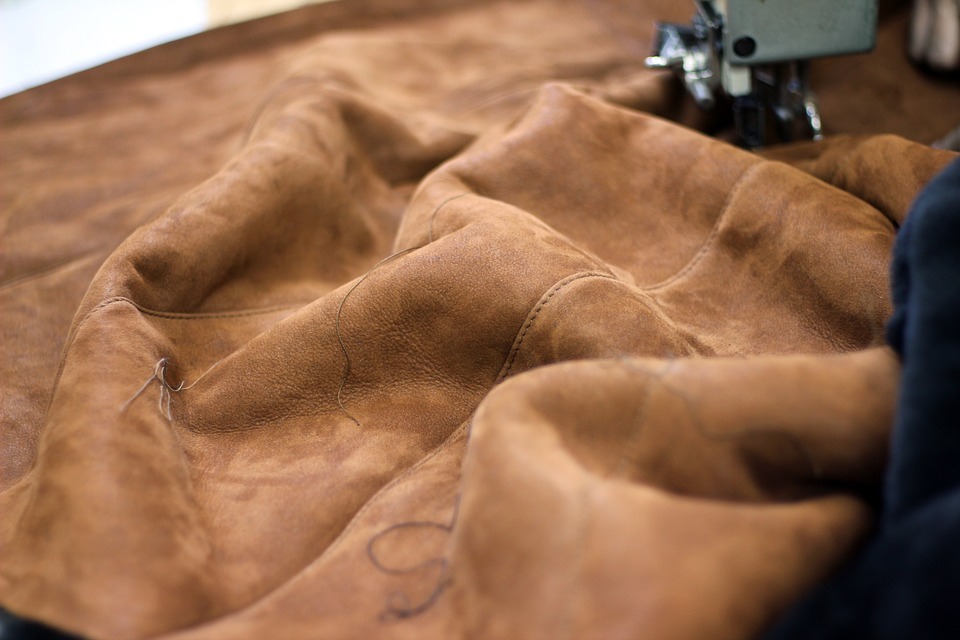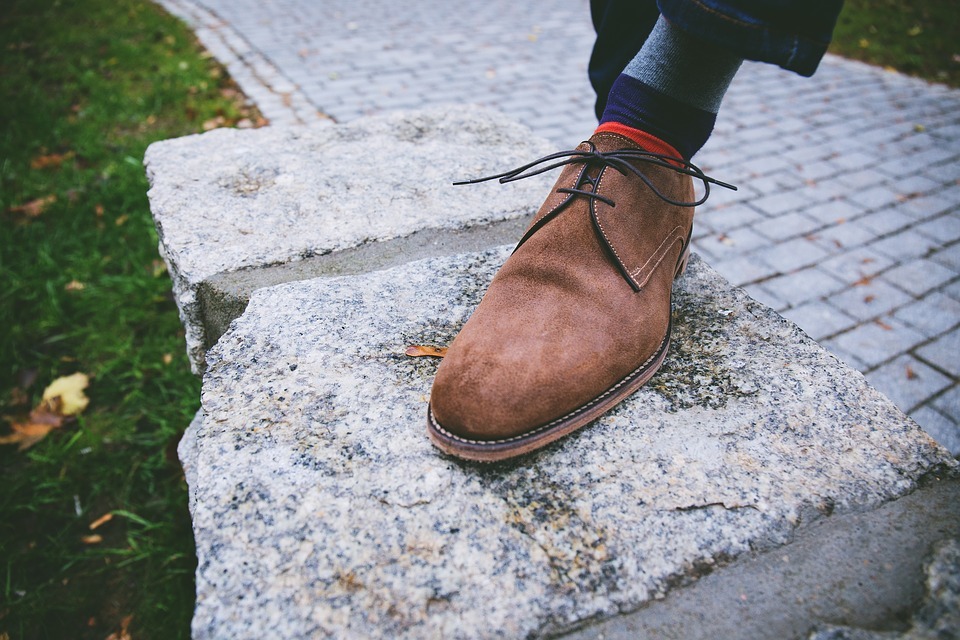Suede is considered to be a sub-type of leather. It is a material with a fuzzy finish. It is often used to make purses, jackets, shoes, etc. The name suede is from a French origin. Enough to be comfortably worn or made into accessories like leather handbags.
Leather is animal skin that has been treated in specific ways, known as tanning, to preserve and soften it for use. It is made from the underside of animal skin which is softer and more flexible than the outer layer.
The history of leather dates back to as long as 50,000 years ago. It was when humans started to travel from the warmer regions of the earth to colder parts of the northern hemisphere. Although prehistoric people had already discovered how to use animal skin to keep themselves warm, preserving the skin was a difficult task. When the skin would be dry, it would become stiff, and uncomfortable to wear.
As a result, the tanning procedures were discovered. A variety of processes have been known to be used such as boiling the skin in tree barks and then salting them. Preservation techniques involved rubbing the skins with animal fat, bending and working on them to make them soft enough to be comfortably worn.
The Origins of Suede
The tanning process was used to show off the skin’s ‘grain’ (outer) side. The skins that had their grain sides scratched, and were otherwise unusable, were eventually discovered to be put to use by making suede. The underside of the skin was processed and the skin was worn inside-out. This was the initial making of suede leather.
Suede can be made out of almost any type of animal hide. However, the most common are the skins of lamb, goats, pigs, calf, and deer. The type of animal used in the making of the suede affects the finished product. When thicker hides of older animals are used, the suede has a napped texture that isn’t as soft and light as the suede people usually prefer.
During the Industrial Revolution, changes came about in the tanning procedures of making leather. New chemicals and processes became available for tanning.
During the 20th century, suede became a fashion trend. Due to its lavish and delicate outlook, Suede soon became a status symbol. Famous high-end fashion designers such as Paquin, Givenchy, and Hermes started preferring suede for their catwalks due to its versatility as a material.
Designers have often worked with tanneries to develop their own unique and innovative form of suede. These collaborations have resulted in the creation of different ideas such as reversible and double-faced skins, embossing to resemble hides of endangered animals, and new perforating techniques.
The name suede is of French origin. It comes from the phrase ‘gants de Suede’ which roughly translates to ‘gloves from Sweden’. This phrase was used to refer to specific types of gloves which were imported from Sweden and were very soft. Inspired by this phrase, any leather material with a napped finish started being called ‘Suede’.
How is Suede made?
There are two ways in which leather is processed to turn it into suede. First is when the soft underside is used only by turning the skin upside down so that the softer side is on the outside. However, this technique makes the suede lose a bit of its lovely delicacy and makes it hard. The second way and the one used by the majority is when the leather is split, and the upper grain removed to reveal only the napped, fuzzy underside. As a result of this technique, the fuzziness stays on both sides. This technique also helps retain the softness and flexibility of the leather.
What is Suede used for?
Suede leather shoe:
The texture of suede makes it unsuitable to be worn as a basic clothing piece such as a shirt or a dress. Fashion pieces made out of suede are usually known to have high-quality and are considered luxurious. The products most commonly made out of suede are bags, shoes and coats/jackets. One of the most popular uses is to make traditional western jackets and shoes. Fortunately, nowadays, we have an opportunity to make lots of sewing products of suede using modern sewing machines and modern material manufacturing technology.
Types of Suede
There are various types of suede. The variety depends upon the animal skin that is used to make it.
- Sheepskin Suede: Made from the skins of lambs, sheepskin suede is the most light-weighted and delicate suede of all. They are known to be much softer and lighter than their old counterparts. This suede has a very velvety nap. Even though suede is not known to be water-proof, sheepskin suede is very efficient when it comes to protecting the body from cold and dampness during the winter season.
- Pigskin Suede: Due to being firm and tough in texture, pigskin suede is not as popular as sheepskin suede. It creates a shorter nap on the surface. However, pigskin suede is the sturdiest of all suedes and is long-lasting.
- Cowhide Suede: Calves are known to produce much softer and lighter hides than older cows, which affects the quality of the finished suede. It is recognized to be as soft as the sheepskin suede. It also creates a very durable leather which can be extensively long-lasting. However, cowhide suede is not that popular.
Suede is a trendy material that has always been in fashion, be it in the form of suede boots or jackets. Either as a clothing piece or an accessory, one has to have a suede item in their wardrobe to know the luxurious and comfortable feel this material has been providing over the history.


